Stainless steel fiber reinforced concrete (SSFRC) has gained popularity in the construction industry due to its numerous advantages over traditional concrete. This article explores the benefits of using stainless steel fiber in reinforced concrete, including improved durability, crack resistance, and enhanced load-bearing capacity. Additionally, the article discusses the cost-effectiveness and easy installation of SSFRC, making it an excellent choice for various construction projects.
Introduction
Stainless steel fiber reinforced concrete (SSFRC) is a composite material that has emerged as a popular alternative to traditional concrete. The incorporation of stainless steel fibers into the concrete matrix enhances its mechanical properties, making it durable, crack-resistant, and strong. SSFRC is widely used in various construction projects, including industrial floors, bridge decks, tunnels, and pavements, among others. This article explores the advantages of using stainless steel fiber in reinforced concrete.
Improved Durability
Stainless steel fiber improves the durability of reinforced concrete by reducing its permeability. The fibers form a three-dimensional matrix that fills the spaces between the concrete aggregates, reducing the amount of water that can penetrate the concrete. This, in turn, reduces the risk of corrosion of the steel reinforcement, which can lead to structural damage and failure. Additionally, the stainless steel fibers are resistant to chemical attack, making SSFRC ideal for environments exposed to harsh chemicals.
Enhanced Crack Resistance
Stainless steel fiber reinforced concrete exhibits superior crack resistance compared to traditional concrete. The fibers act as reinforcement and prevent the propagation of cracks, enhancing the structural integrity of the concrete. This is particularly important for structures that are subjected to dynamic loads, such as pavements and bridge decks. SSFRC also exhibits excellent fatigue resistance, ensuring that it can withstand repeated loading without developing cracks.
Improved Load-Bearing Capacity
Stainless steel fiber reinforced concrete has a higher load-bearing capacity than traditional concrete due to the increased tensile strength provided by the fibers. The fibers distribute the load across the concrete matrix, reducing the stress on the concrete and preventing the development of cracks. This makes SSFRC ideal for applications where high strength and durability are required, such as industrial floors and bridge decks.
Cost-Effectiveness
Stainless steel fiber reinforced concrete is a cost-effective alternative to traditional concrete. While the initial cost of SSFRC may be higher than traditional concrete, the long-term cost savings are significant. The improved durability and crack resistance of SSFRC reduces maintenance and repair costs, while the increased load-bearing capacity allows for thinner concrete sections, reducing material and labor costs.
Easy Installation
Stainless steel fiber reinforced concrete is easy to install and does not require any special equipment or techniques. The fibers can be added to the concrete mix at the batching plant or on-site, depending on the project requirements. This makes SSFRC an ideal choice for projects with tight construction schedules or limited access to specialized equipment.
Examples of SSFRC Applications
Stainless steel fiber reinforced concrete has been used in various construction projects worldwide. One notable example is the Tuen Mun-Chek Lap Kok Link in Hong Kong, which features a 4.5km viaduct constructed using SSFRC. The viaduct was designed to withstand the frequent typhoons and earthquakes that occur in the region, and the use of SSFRC ensured its durability and strength.
Conclusion
Stainless steel fiber reinforced concrete offers numerous advantages over traditional concrete, including improved durability, crack resistance, and enhanced load-bearing capacity. Additionally, SSFRC is cost-effective, easy to install, and can be used in various construction projects. The use of SSFRC is becoming increasingly popular in the construction industry, and its benefits make it an excellent choice for projects that require high strength and durability.
-1.jpg)
.jpg)
-1024x580.jpg)
.jpg)
.jpg)
.jpg)
.jpg)
.jpg)
-300x300.jpg)
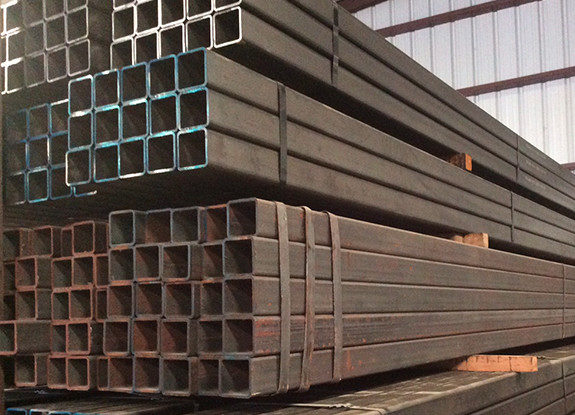
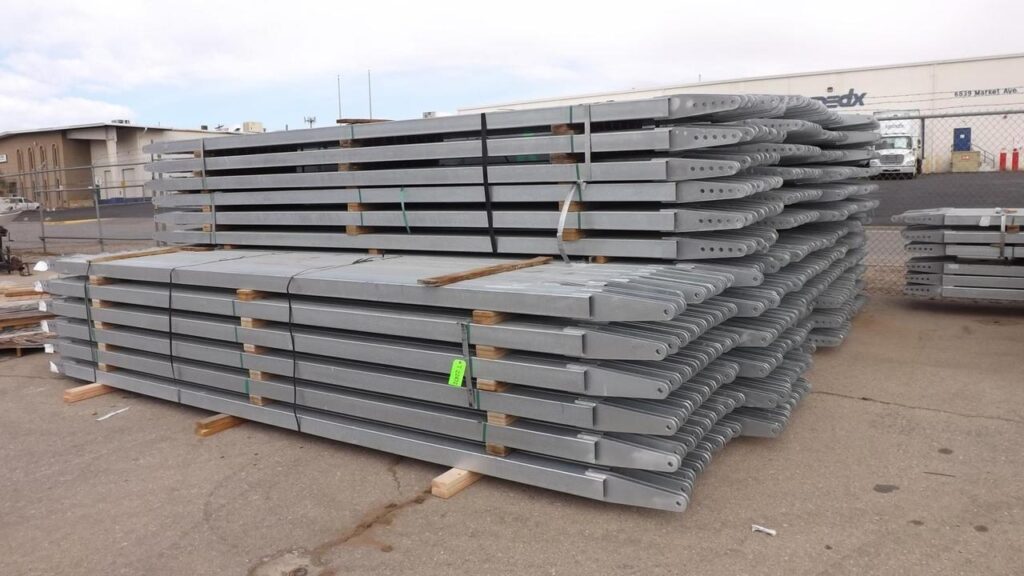
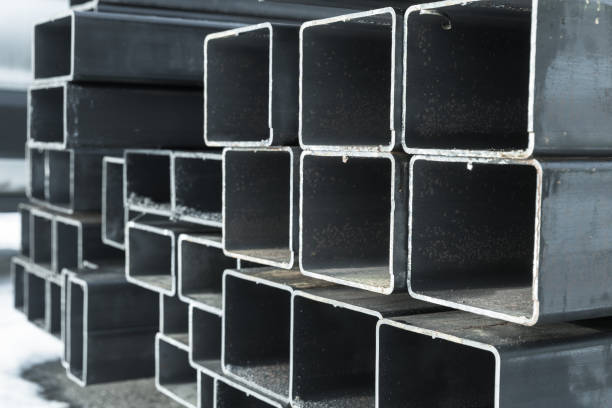
.jpg)
.jpg)
.png)
.jpg)
.jpg)
-1024x638.jpg)
.png)
.jpg)
.jpg)
.png)
.jpg)
.jpeg)
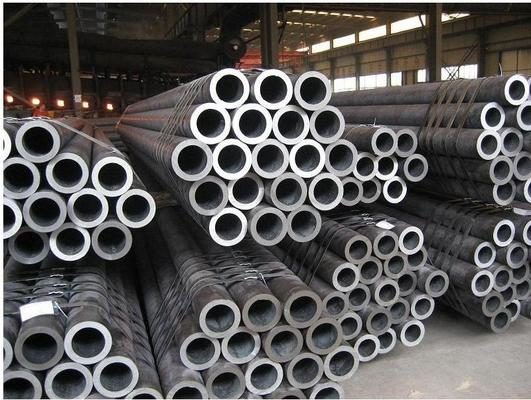

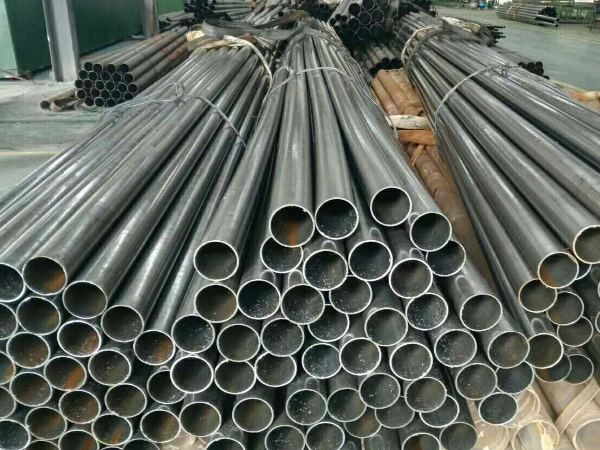
.jpg)
.jpg)
.jpg)